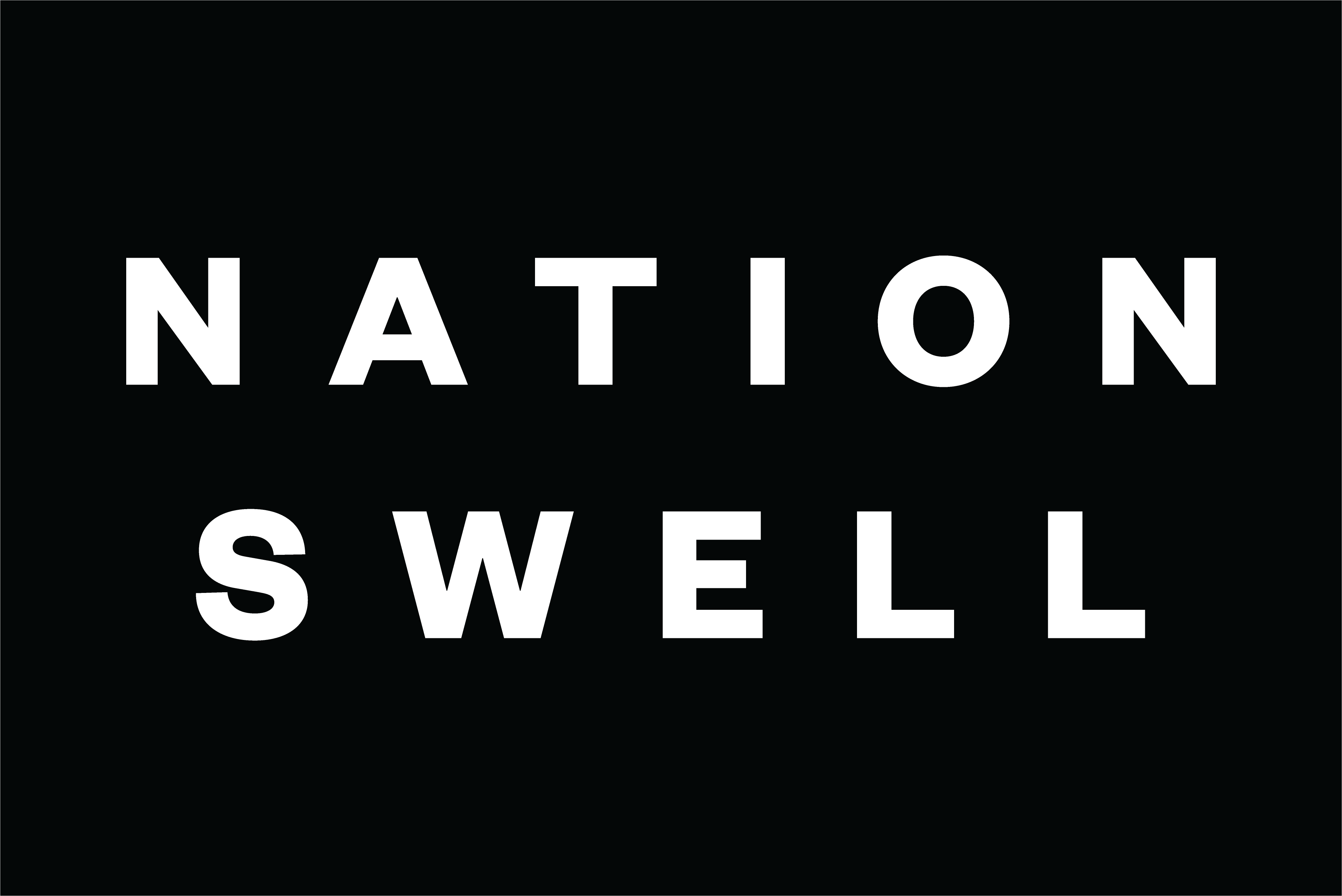Across the country, employee ownership models are quietly transforming what’s possible for workers — delivering increased wealth, stronger employee retention, and better business outcomes for investors. In this session, we spotlight models that shift power and equity to the people who help create value every day. From ESOPs to worker co-ops to hybrid models, we’ll examine what’s actually working, what it takes to transition, and how capital and policy can play a catalytic role in expanding these approaches.
On July 15, NationSwell hosted a virtual Leader Roundtable designed to give leaders a space to talk about the models that are working the best approaches for continuing to expand pipelines to economic opportunity.
Some of the most salient takeaways from the conversation appear below:
Insights:
Promote employee ownership as a scalable wealth-building strategy. Integrate employee ownership into your organization’s wealth-building, economic mobility, or shared value strategies. Emphasize not only the wealth-building and business performance benefits, but also the proven outcomes like increased retention and engagement.
Implement employee ownership models that correspond to your business type and readiness. Identify the best-fit ownership model and tailor it to company size, financing, and exit plans. Encourage other ecosystem actors to build pipelines and decision-making tools to help assess and prepare for transitions.
Design ownership programs for transformational impact. Prioritize models that meaningfully shift power and wealth, not just offer symbolic shares. Aim for payout structures that exceed typical bonuses, while advocating for equity to be additive for wages or benefits.
Build cultures of ownership, not just equity plans. Equity alone isn’t enough. Build cultures of ownership where employees have voice, trust, and the tools to engage—such as financial education, leadership pathways, and inclusive governance practices.
Act on the silver tsunami of business transitions. With many baby boomer-owned businesses approaching retirement, create conversion campaigns or community ownership pipelines. Collaborate with local partners to convert these businesses to employee-owned and avoid closures or exploitative sales.
Adopt a “big tent” strategy to champion multiple models. “Big tent” doesn’t result in diluting impact, moreover, it recognizes that different ownership models serve different sectors and capital contexts. Encourage coordination across ESOPs, co-ops, trusts, and equity participation efforts to avoid fragmentation and build a more unified field identity.
Support field-building through shared messaging, tools, and policy advocacy. Alignment across funders, intermediaries, and advocates is critical to unlocking capital and legitimacy at scale. Use shared language, frameworks, and tools to help mainstream employee ownership across the range of models. Highlight its bipartisan value and its ability to create civic, economic, and business benefits.

 "
"
